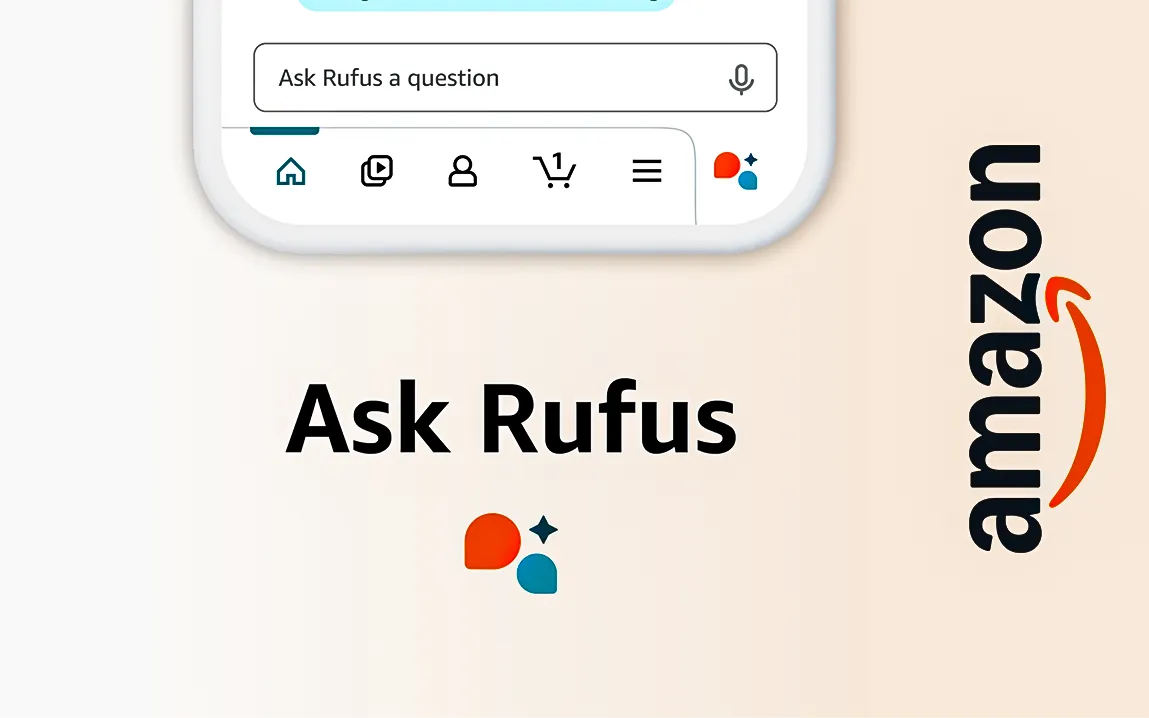Amazon’s new AI shopping assistant, Rufus, is expected to bring in over $700 million in indirect profits this year by helping people shop smarter and faster. Here’s how this smart tech is changing the way we buy online.
Meet Rufus: Amazon’s New Shopping Buddy
Imagine having a personal shopper available 24/7, one who understands what you want and helps you find the perfect product. That’s what Amazon’s AI assistant Rufus is trying to do. Launched in February 2024, Rufus is designed to answer your questions while you shop—whether you’re looking for the best shoes for running or comparing two phones.
It works directly inside Amazon’s app, using artificial intelligence to guide users, make suggestions, and answer questions in real-time.
Big Profits Without Selling Anything
What’s interesting is that Rufus doesn’t make money directly. It doesn’t sell ads (yet) or have a price tag. But Amazon says Rufus could still help boost its profits by over $700 million in 2025. How? By encouraging shoppers to buy more.
Amazon uses something called “Downstream Impact” (DSI) to measure how a product or tool leads to more purchases. When Rufus helps a customer find what they need faster, they’re more likely to buy it—sometimes even buying extra things along the way. That adds up.
From Loss to Big Win
Last year, things looked a bit rocky. Rufus actually had a negative DSI—losing Amazon about $285 million. But Amazon stuck with it. Now, the company believes Rufus is on the path to success.
By 2027, Amazon expects Rufus to help bring in $1.2 billion in profits. That’s a big leap, and a sign that Amazon believes in the power of smart AI tools.
Growing Smarter and Bigger
To make Rufus even better, Amazon is planning to upgrade its brain—called the Shopping LLM (large language model). This will help Rufus give better answers, understand shoppers more deeply, and give more accurate suggestions.
Amazon also plans to roll out Rufus in 13 more countries this year. It’s already available in the U.S., U.K., India, and a few places in Europe, but the company wants to take it global.
What Shoppers Think So Far
People who’ve used Rufus have mixed feelings. Some love how easy it is to get answers while shopping. Others have found the assistant gives wrong or confusing responses at times. Amazon is working on fixing those bugs to make Rufus more helpful.
They’re also testing ads inside Rufus’s responses, which could become another way to make money in the future.
The Bigger Picture: AI Shopping Wars
Amazon isn’t the only one diving into AI shopping tools. Walmart, Target, and Instacart have also launched their own versions. It’s a race to see who can make the smartest shopping assistant—and win more loyal customers.
Doug Herrington, Amazon’s head of retail, recently said that AI is key to creating a more personal shopping experience. With Rufus, Amazon hopes to tailor the site to every shopper’s needs, one question at a time.
Rufus is more than just a chatbot. It’s Amazon’s big bet on the future of shopping—one that talks, listens, and helps people find exactly what they’re looking for. If things go as planned, this clever assistant could quietly help Amazon earn hundreds of millions without ever asking for a penny.
And that’s the kind of tech magic that’s hard to ignore.



